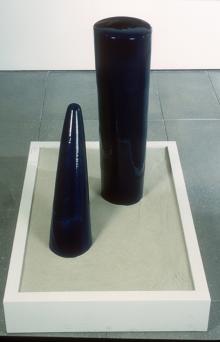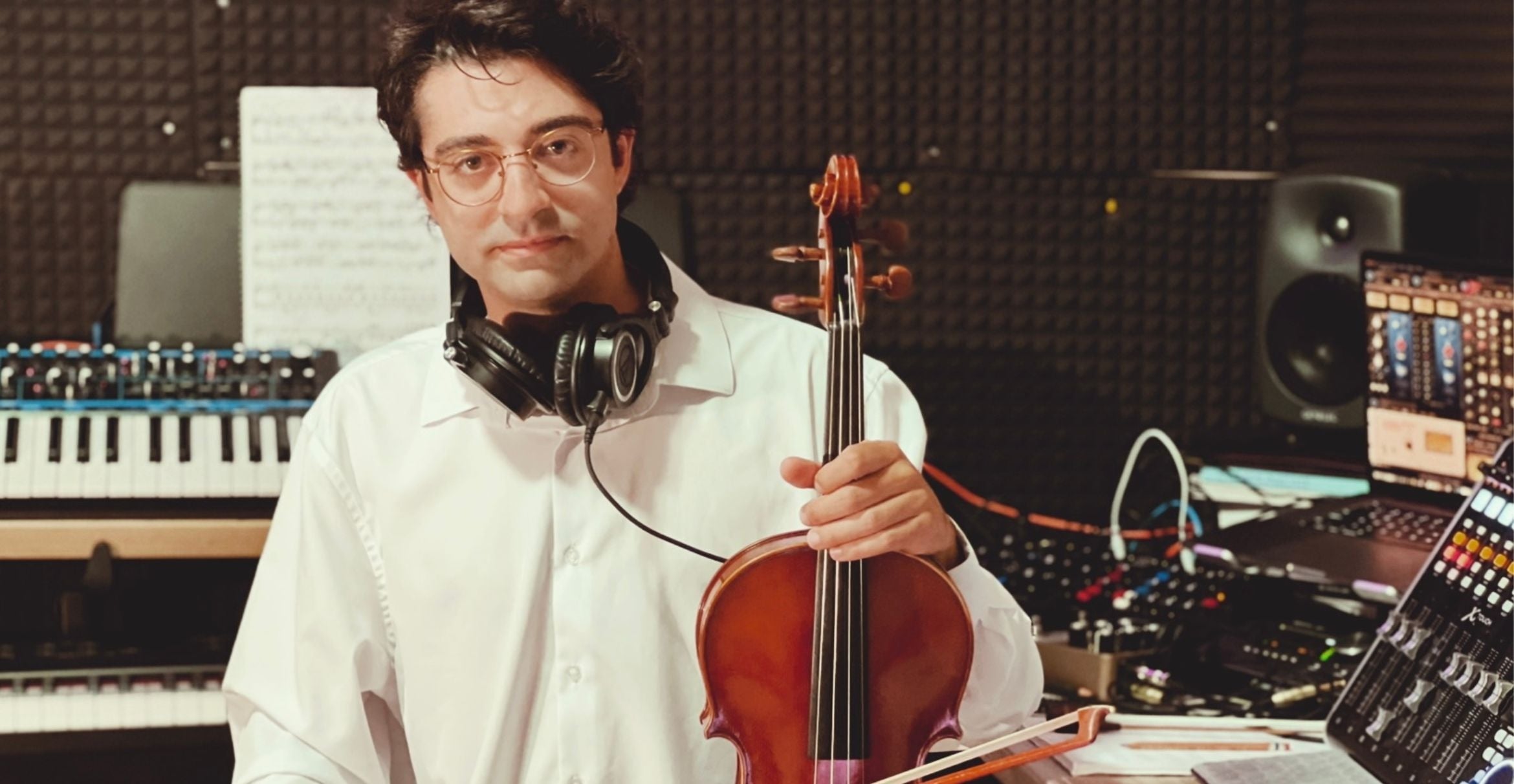
Fall Shows at UCSB's University Art Museum Highlight


The depth of the extensive photography collection at UC Santa Barbara's University Art Museum will be on display in two of the museum's four fall exhibitions, which opened Wednesday, October 14.
"Holiday: Nineteenth-Century Travel Photography and Popular Tourism" is based on photos of popular travel destinations that were considered culturally significant, ancient, or mysterious. Conceived by Elyse Gonzales, the museum's curator, the exhibition also features brochures, guidebooks, maps, personal accounts, and stereograms from the University Libraries.
Until the mid-19th century, travel through Europe and the Orient was reserved for the aristocracy as part of the Grand Tour. With the development of rail and steamship lines, foreign travel became more accessible to the middle classes. At the same time, photography was transformed by the invention of the albumen print, which allowed mass reproduction of high-quality images using glass negatives. Commercial photography firms, including the Fratelli Alinari (whose photo archive exists today) set up studios to take photographs that were the postcards of their day, sold as souvenirs, collected and increasingly used to teach students and armchair travelers about the art, architecture, and cultures of these foreign lands.
"Holiday" shows us where these new tourists went, and why, taking us on an imaginary voyage to places that offered ancient grandeur, religious significance, or fascinating glimpses of the exotic and primitive. In Athens, we visit the Acropolis, Socrates' prison, and the Areogapus (renamed Mars Hill by the Romans), where the Apostle Paul is said to have delivered his famous speech imploring the Athenians to convert. Moving to Italy, there is a sense of progressive grandeur as we view the ruins of Pompeii, the Pantheon in Rome, and the Milan Cathedral. On to Egypt and then Palestine and Syria, where we see the Nile, the Colossi of Memnon, Mount Tabor, and a ruined church of the Knights Templar. The last stop is Japan, with an album of hand-tinted photos by Kimbei Kusakabe that show traditional Japanese costumes and rituals.
Augmenting the photos are period books, including memoirs, travel agency catalogues, guidebooks, maps, and antique stereoscopes used to view three-dimensional images known as stereograms. Many of the books will be displayed on shelves in a small "reading room" where visitors may sit down to peruse them. The books and stereograms are drawn from the stacks at UCSB's Davidson Library and its Special Collections.
Photography is also central to "After Life," an eclectic selection of images depicting attitudes toward death and dying. Assembled by museum director Kathryn Kanjo, the exhibition also uses sculpture, drawings, paintings, and prints to explore how the difficult subject of death is viewed across time and cultures. Antique daguerreotypes from the Victorian era, housed in ornate frames, depict children who have died, posed as if they are sleeping. These small, intimate mementos are contrasted with Angela Strassheim's 2004 photo of her elaborately dressed and coiffed grandmother lying in her coffin. Public grief is on display in Henri-Cartier Bresson's photos of Gandhi's funeral.
Photos of the mummy of Ramses, by Antonio Beato, and American Indian burial trees, by Edward Curtis and David Francis Barry, cast an anthropological eye on these ancient burial customs.
In contemporary photographs taken in museums, UCSB professor of art Richard Ross ("Swans, Booth's Bird Museum, Brighton, England") and Zoe Leonard ("Wax Anatomical Model with Pearls") remind us that observation of life and death is also part of museum display. The body's final resting place is considered in drawings for tombs from the studio of George Washington Smith, noted Santa Barbara architect, and we are reminded of the fate of the soul by Salvador Dali's images of heaven, hell, and purgatory that illustrate Dante's Divine Comedy.
Greeting visitors at the entrance to the museum is "Forms and Symbols," a collection of paintings, prints and sculpture that hint at meaning and imply their messages of power and sexuality. The works date from the 1980s, with the exception of "Two Forms," a ceramic sculpture by Sam Francis from the early 1960s. The rich blue "forms" lean and swell, suggesting energy and growth like many of the later works on view, such as Robert Therrien's wall-hung relief, Rollin Fortier's compact bronze sculpture, and Dane Goodman's uncertain cylindrical object.
As a special treat in time for Halloween, the museum is also displaying "Horror Make-Up," a performance-based video that was filmed on the New York City subway. Jillian McDonald secretly filmed herself applying cosmetics during her subway ride, transforming herself into a zombie. Locating the audience physically in the subway "performance space" positions them as both voyeurs of her transformation and potential victims of the zombie she becomes.
The four exhibits will be on display through January 31, 2010.
The University Art Museum is located in the heart of the UCSB campus. It is open Wednesday through Sunday, 12 p.m.-5 p.m., and admission is free. For further information, see http://www.uam.ucsb.edu or on Facebook at http://www.facebook.com/UniversityArtMuseumUCSB
Issued: 10/15/10;
Corrected: 10/16/10
Related Links



